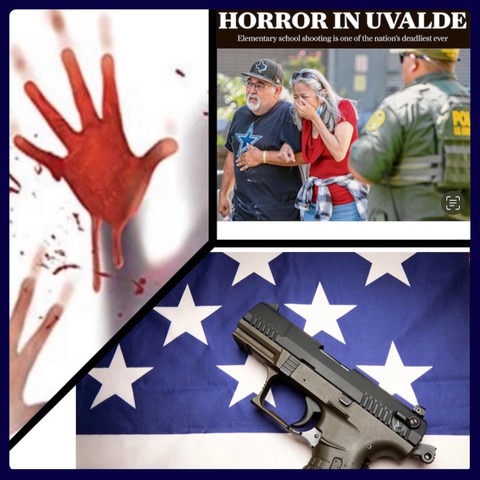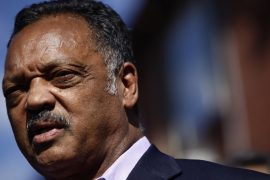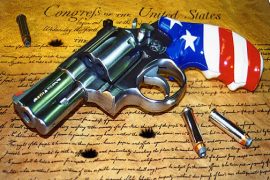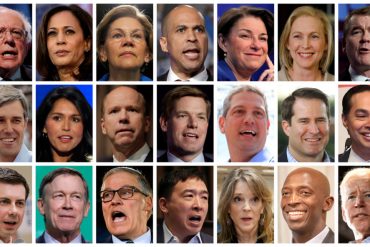The medical protocol for dressing a wound is to wash your hands, stop the bleeding, clean the injured area, and apply antibiotics. The same goes for America’s gun violence epidemic. Allow me to explore the analogy.
Consider the massacre at Uvalde, TX, where 19 students were killed in a school, and Buffalo, NY, where 10 Blacks were hunted down like animals in a grocery store and murdered by a white gunman. These events have caused an outcry for gun legislation, background checks, arming teachers, and locks on school doors (with scant concern for fire exits.)
National calamities gave little notice to Chicago’s 239 homicides and 971 shootings through May 2022. Ironically, the Buffalo supermarket was named Tops “Friendly” Markets. One is prompted to ask: Friendly to who? White people? That matter aside, the widespread public revulsion at Hispanic and Black deaths in Uvalde and Buffalo has prompted loud calls for stronger gun laws and for President Joe Biden to issue Executive Orders.
But it’s not as easy as that. I have some experience with the passing of laws and the signing of Executive Orders. These addressed discriminatory practices in the construction industry back in the 1970s. But “discriminatory practices” is way too polite. White ethnic tradespeople were resorting to violence and death threats against Blacks trying to enter the building trades. For example, in the 1970s, a white ironworker told Glen Harston (then an apprentice who would go on to become a successful contractor) that he would throw him off the roof of a high-rise bank project if he tried to enter the union.
Time We Don’t Have…
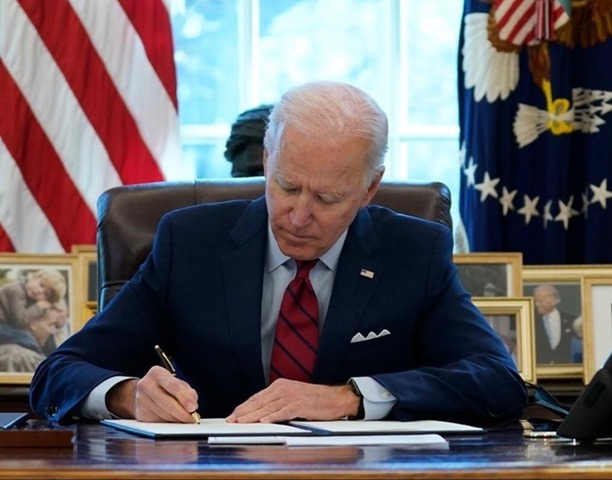
So back then, our coalition to integrate the trades, over time, managed to get some laws passed, and executive orders signed. But we quickly learned that even if laws were passed this legislative session, or Executive Orders issued even sooner, each new law or order would take a minimum of 6 months to a year to obtain enabling rules, program funding, staffing, and geographic locations for program implementation and the granting of power to State, County and Local units of government. All must happen in sequence before there can be “boots on the ground” results.
Consider two frustrating examples from our construction trades fight. Public Law 95-507 is a 1978 law where I worked with Congressman Parren Mitchell (D., MD) to assist in developing Black contractors. It took over a year to get the targeted beneficiaries named. The semantic drill went from “Black” to “Minority” to “Minority-and-women-owned businesses” before settling on “Small and Disadvantaged Business,” Similarlarly to Executive Order 11246 issued by then President Lyndon Johnson in 1965. This order advanced that it was insufficient to not discriminate against Blacks getting jobs on Federally-funded construction projects. The balky unions and the contractor association had to take AFFIRMATIVE ACTION to address past discrimination.
Based on these experiences and the time and political wrangling, it took months, maybe a year, for any legal acts to yield visible results. Apply similar delays to upcoming laws and orders relating to gun violence — then do the math — and there will be over 1,000 Black injuries and deaths due to gun violence before any relief is achieved.
Enforcement is yet another action that must take place. But just as when a construction contractor is assessed a financial penalty for failure to meet compliance goals, so must the prohibition of gun abuse needs be enforced. But it’s elusive at best that such enforcement can even be marshaled effectively. Without faster action – First Aid, if you will — expect scores of shootings and killings on the South and West Sides of Chicago — and across the nation – will continue without letup.
Counting The Cost…
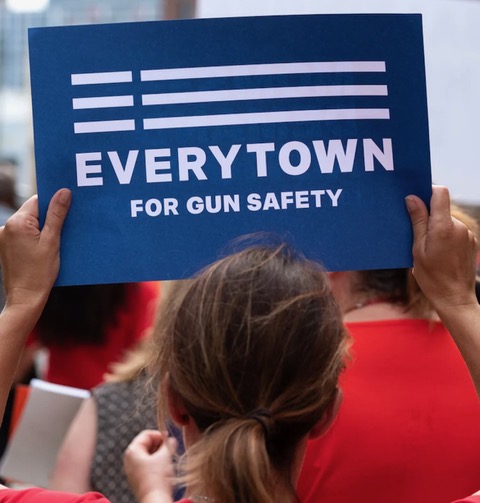
According to the non-profit Everytown for Gun Safety, gun violence costs $214 billion annually just in loss of “quality of life” – an accounting concept used to assess jury awards in court cases. Children who lost parents, siblings, or extended family members, or those who witnessed gun violence, are marked forever by the trauma of it. And the collateral trauma we all feel when a mass shooting, homicide, or suicide occurs undoubtedly isn’t free.
With nearly 40,000 lives lost nationally and almost 85,000 injured each year, the price of gun violence in America is staggering. Friends and entire communities suffer long-term and irreparably. These tragedies impact communities physically, financially, and most enduring of all, emotionally.
Gun violence does not affect all communities equally. Gun homicides are concentrated in cities. In 2015 half of gun homicides took place in 127 US cities, representing nearly a quarter of the population. Within these cities, gun homicides and injuries are most prevalent in racially segregated neighborhoods. These places have high rates of poverty, and a low tax base, not to mention generations of under-development in essential government services such as schools, hospitals, and transit systems. Amazingly, Everytown doesn’t just say it plain: Black people in US cities are “catching hell!”
Race Matters…
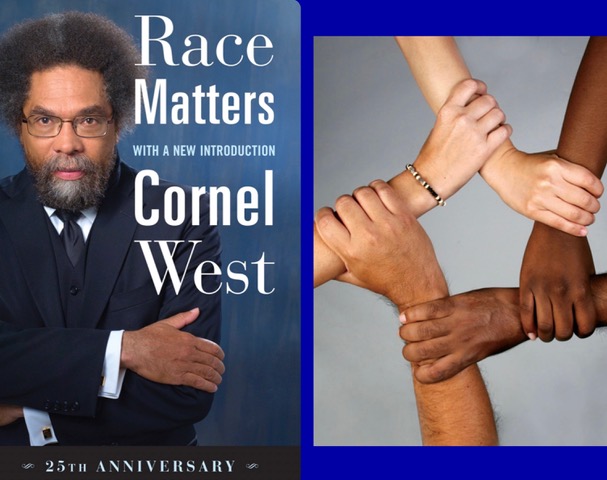
Many factors are driving this bloody epidemic. Over the past few years, many Americans have felt a drop in personal and collective effectiveness due to the Covid pandemic. Meanwhile, George Floyd’s murder-by-police in Minneapolis – and similar outrages elsewhere – have polarized our political atmosphere along racial lines. Doubtless, that’s why murder and other violent crimes have increased during this period.
Black Americans are, of course, more likely to be victims of shootings. Poverty explains part of this since Black people are more likely to be poor. In addition, Black Americans are less likely to live in communities with strong institutional support. Exclusionary housing policies have pushed many into segregated neighborhoods, leaving people without good schools, banks, grocery stores, and other institutions.

My friend, Dr. Gary Slutkin, is an epidemiologist and the Founder/ Executive Director of Cure Violence, formerly known as CeaseFire. Lately, he’s been studying hospital-based violence intervention programs in trauma centers and emergency departments. They engage patients while still in the hospital, often just after a violent injury, to reduce the chance of retaliation and recurrence. Often there is follow-up casework and access to services such as mental health counseling, financial and educational support, and more. All are based on the premise that a unique window of opportunity exists in the immediate aftermath of a traumatic injury.
Keep in mind that, in the US, Black men are 13 times more likely than white men to die from gun violence. So, where better to identify and engage these men than in a hospital’s safe, well-organized atmosphere, especially one fully prepared to “wash the injured area and apply antibiotics?”
Rx: A Multiple Antibiotic
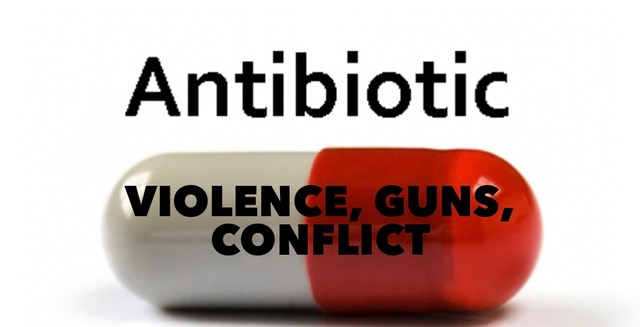
So, where are we? We have noted that the chaos and disruption borne of violence create a financial and societal imbalance. So how do we eat this Elephant? The old folks said, “one bite at a time.”
In my practice, we cite a few action items addressing the abovementioned issues. Congressman Danny Davis has agreed to host a hybrid town hall meeting to discuss these matters in person and virtually. Outgoing Congressman Bobby Rush has decided to join. Mayoral candidate Rod Sawyer is on board and has several initiatives aimed at solutions and policy points to address gun violence which he proposes to launch. Thus, keeping the Sawyer legacy up front. Rod wants to listen and hear issues and potential solutions to the health and business challenges of Black Chicago.
Charles Smith, Leader of the Business Leadership Council, has weighed in on the current challenges to Black Business, as outlined in the Everytown study.
Cure Violence, Gary Slutkin posits the following;
1. The White House should arrange to fund evidence-based violence intervention
2. Assist formerly incarcerated individuals in successfully reentering their community
3. As part of the Build Back Better Agenda, Biden has proposed $5 billion in funding for the DoJ and CDC. Chicago elected officials should follow this funding and use the proceeds to establish violence interruption programs
4. My good Friend, Rev. Michael Pfleger, has outlined these next steps.
A. We must organize and empower Block Clubs and families to unite Black people. Unfortunately, during the pandemic, this is not possible. Mike advances that Telephone Trees need to be established along with online connections. These organizational and agreed methods of quickly communicating can be helpful in stemming violence and retaliation.
B. Every church needs to choose one evening a week to go out into their communities and offer some programs for the young Black people. Mike stresses ENGAGEMENT
C. Gangs often use parks. They need to become NEUTRAL places where programming can be used by all.
D. Create a list of RESOURCES that are available to troubled parents. These parents are looking for help. These RESOURCE lists can be available online and in the Church file, gleaned with a telephone call.
E. Job Creation Program for youth. There is funding available in the infrastructure bill to provide for this level of the training program. Churches should designate a staff member to follow up with an UNSOLICITED proposal. If staff is limited, churches can team with other organizations
F. Teaching CONFLICT RESOLUTION and PEACEMAKING in every school, preschool through high school. These courses are currently available
G. Establish a plan which includes MENTAL HEALTH for Black young people. These can be available through telehealth and a more thorough review for firearm buyers—Aged younger than 21 years old.
The recommendations proposed by Slutkin and Pfleger are worth supporting!
Louanne Peters, the powerhouse consultant that drove the office of Congressman Bobby Rush, has created a consultant firm aimed at Black community empowerment. Louanne introduced me to LeVon Stone, the Founder of ACCLIVUS, a health organization focused on employing grassroots leaders from Chicago to promote safety, well-being, and growth in vulnerable communities. LeVon has been an example of growth and development for individuals across Chicago. Stone advocates for young Black people at risk.
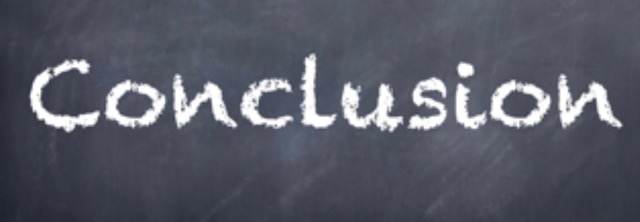
We have done this here to examine the violence epidemic in Chicago with the catalyst of the Covid pandemic. Why should a Black Businessman pursue these matters bears repeating? If you have staff working on schools, parks, and other buildings and are concerned about their safety, it is necessary to be informed. What Every Town cites in terms of economic costs should concern us all. I am enthusiastic about young Black people’s commitment to continuing their seniors’ work. There is a concept of LIQUIDATED DAMAGES in construction contracts. It carries a $ penalty for each day a contractor is late in delivering a project. LDs are associated with not establishing targeted goals as outlined by this assembly of dedicated experts herein referenced.
A cautionary tip: Back in the day (1970’s), The Chicago Economic Development Corporation, led by Garland Guice and Brenetta Howell Barret, wrote proposals for the West Side Builders Association, later United Builders Association. These were funds to provide technical and management assistance to Black Contractors. I expanded the model and generated over $ 1 million (1970 dollars) funding from the City of Chicago, US. Department of Commerce; US Small Business Administration and the US. Department of Labor. Taking this model and leaving the money management to a fiscally responsible organization (CEDCO) helped over 100 Black contractors of varying sizes prevail. This same approach can be made by generating funding for community organizations seeking to stem Black violence. The program funding should be managed (HUGE POINT: Money Management & Reporting failure collapsed many good Community Organizations) by a unit or team member that will not jeopardize the operation of the activist arm of the team.
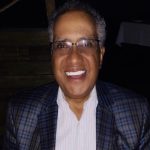 Paul King, Jr. is a construction consultant and member of Chicago’s Business Leadership Council.
Paul King, Jr. is a construction consultant and member of Chicago’s Business Leadership Council.

